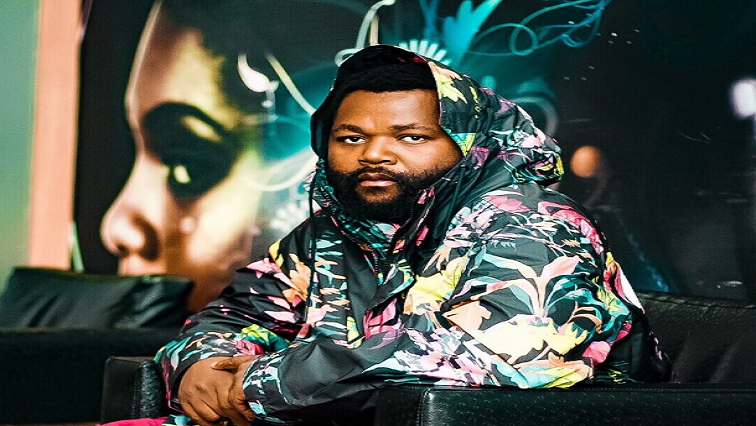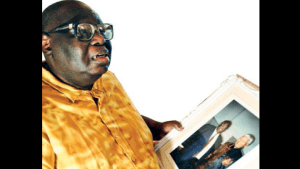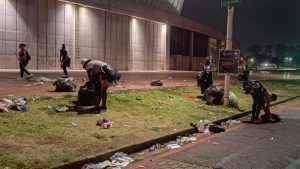During the apartheid era in South Africa, musicians through their lyrics and performances, played a crucial role in exposing the injustices of the apartheid regime. This type of music was dubbed struggle songs and united people across all walks of life all to fight for a common cause.
Music and song added another dimension as a social cohesion tool during a dark time. Today, music dance and song continue to play an important role in society, aside from pure entertainment.
Born frees are attracted to a vast variety of music genres such as kwaito, gqom and the ever popular hip hop genre. Its music that does not always resonate with the older generation, but it has a wide appeal with a strong lyrical content that usually drives a positive message just like the struggle songs used to do.
For 83-year-old Patrick Pasha, Jazz music provided a much needed outlet to deal with the harsh realities of apartheid. Silenced and side-lined, music became his only voice. Struggle songs sung in the language of the oppressed allowed people to face their oppressors and tell them exactly what they thought through lyrics.
Patrick says music back then had a clear message.
“There was so much pressure in the township and they were no outlets, so we believed then that music is that kind of a therapy because it eases the pain. The apartheid system was very ruthless and there were no means of us conducting political education, either than the little corners that we would create and play that kind of music.”
Twenty five years later, there’s a newer beat on the block.
For young people, music is about the rhythm, the loud sound and the vibe it creates.
Hip hop music is on the rise and the sheer popularity of rap music makes it nearly impossible for it not to influence youth culture. Some believe that rap music talks to socio economic problems like crime, drugs, sex and violence:
“I feel like we have the popular blind leading the non-popular blind; because they speak about these things so much, that the younger generation who look up to these people, believe that this is what you need to strive for and then you forget why are you doing this. You forget a lot of things, they make you think like spending R10 000 in a club is good, but you know your condition back home.”
“In the 70’s and 80’s, it was the era of racism and the music focused on the livelihood of citizens. So everything was more about; if we are going to sing we are going to sing about liberation and freedom and having a democratic country and now that we have that. Well, not entirely, it’s not an absolute. I think in our generation, I think that a lot of us struggle with identity, we have a misplaced identity because we had the fees must fall and there was no mainstream music that singing about that, or rapping about that because that was the biggest struggle we had in our generation, fighting for free education.”
There are opposing views and many feel that all young people should not be put under the hip hop umbrella.
Student Vuyolwethu Nguza, says that South Africans has forgotten how to male music that is deep.
“I would say it’s not more or less that we forgot how to make that music that was deep, but that right now the situation we are in, if you are a creative, you write according what you have seen, what you have experienced. Let say a kid coming from kasi and then coming to the suburb would obviously talk about those things. And in our age as the youth, we mingle in relationships and stuff like that. As an RNB singer myself and as a writer, it’s mostly love, but nowadays type of love. Like I will talk about inboxing you or DM whereas back on the day it was on some I will love you till the end of time.”
One thing is clear, lyrical content in music can have both a positive and negative influence on listeners. Hip artists such as Sjava, Drake and Kendrick Lamar are well known for their positive and uplifting music.
Music is also used as an educational tool express challenges of many social ills.
FOR MORE, WATCH VIDEO BELOW:






